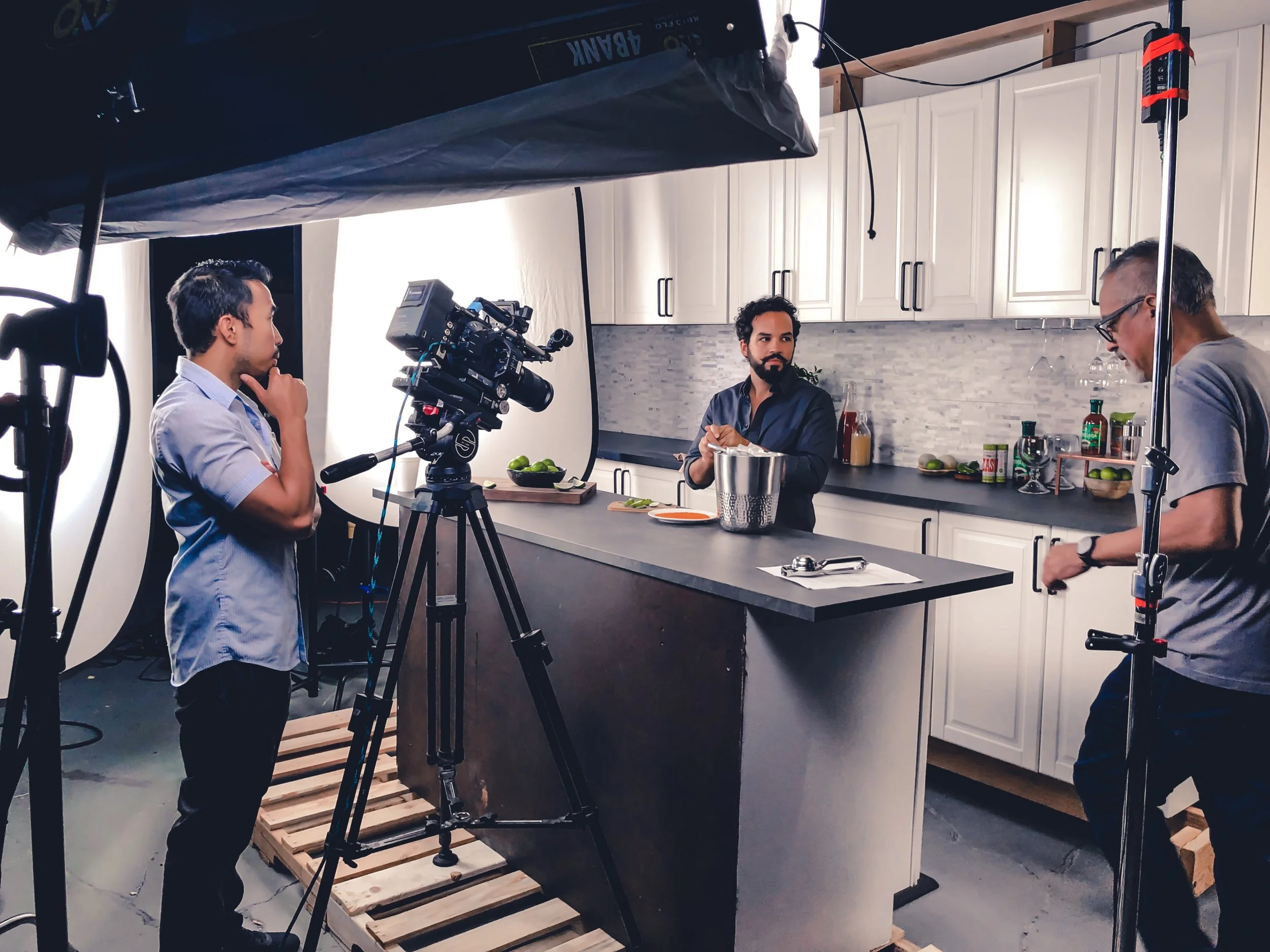Do you need to practice your film composition and framing? Learn how to present the elements in your frame to create visually appealing shots, evoke emotion, and let your audience know what’s going on in your scene. Apply these framing basics: rule of thirds, eyelines, 180-degree rule, headroom, depth, symmetry, and lines to guide your audience on the story and theme of your scene. Follow our tips and guidelines for the basics of framing and composition in this clip from our video content course.
Focus & Depth of Field
Have you heard of the term depth of field before? Depth of field is an important concept in photography and videography as the distance between the objects in your camera frame determine which objects are sharp and clear. Control the depth of field by adjusting the aperture, distance from the lens, and the focal length. In this clip from our video content course, we explain what depth of field is and how to adjust your camera settings and lens to make your image or shot in focus for your next project.
Framing Basics
How do you convey a professionally creative scene in a shot? Position the camera in a way that guides the viewer where you want them to be. Follow these framing basics and techniques to create a clean shot and help the viewer understand your scene better. In this clip from our video content course, we explain and provide useful tips in implementing the Rule of Thirds, eye lines, 180-degree rule, headroom, depth, and symmetry framing techniques.
Trifecta Setup
What settings do you use to get the best shot in your films and photography? Whether you’re new to photography or need a refresher, it’s good to be familiar with these settings to use them to your creative advantage. Balancing the ISO, Shutter Speed, and Aperture, or the Trifecta Setup, can result in the right amount of light and quality exposed at the right time for a stunning photograph or shot. In this clip from our video content course, we explain and recommend the three important camera and lens settings you need to know to get the shot you desire.
Focus & Depth of Field
Can’t see the shot you just took clearly? Don’t know which camera functions adjust the focus? Understanding focus and depth of field will provide that control you need to affect the sharpness of an image and that creative push in the details of your photos and movies. We’ve got a detailed video that should help you improve the image clarity on your shots in film production.
One of the worst feelings as a filmmaker is to spend hours getting a shot just right, only to discover that it was out of focus. Having sharp focus is absolutely quintessential, and draws the line between seasoned and beginner filmmakers. There are several factors that affect focus, and we’re here to help you understand them, so you can get the sharpest image possible.
Before we even talk about the factors, what exactly is depth of field? Essentially, depth of field is a measurement of the range of acceptable focus in a frame. So if your depth of field is 9m, anything outside of that 9m will be out of focus. The placement of this range is based on the 1⁄3 - 2⁄3 rule. This rule states that if you focus on a subject, 1⁄3 of the depth of field will be in front of the subject, with the other 2⁄3 behind. So going back to the 9m, if you were to focus on a subject, 3m in front of them would be in focus, and another 6m behind them would also be in focus. Now that you know what depth of field is, we can talk about the 3 factors that affect them.
#1 - Aperture. The aperture of a camera is how open the lens of the camera is, and so how much light can be registered. When a camera’s aperture is more open, the depth of focus will be less, or more shallow. If the aperture is more closed, the depth of focus will be higher, or deeper.
#2 - Lens / Focal Length. Different types of lenses have huge effects on the image a camera produces. The wider a lens is, or the lower the focal length, the deeper the depth of focus will be. The longer the lens, such as telephoto lenses, the deeper the depth of field.
#3 - Distance of Subject to Camera. If you focus on a subject, the distance of them to the camera affects the depth of field. The closer your subject is, the shallower the depth of field. The farther they are, the deeper the depth of field.
